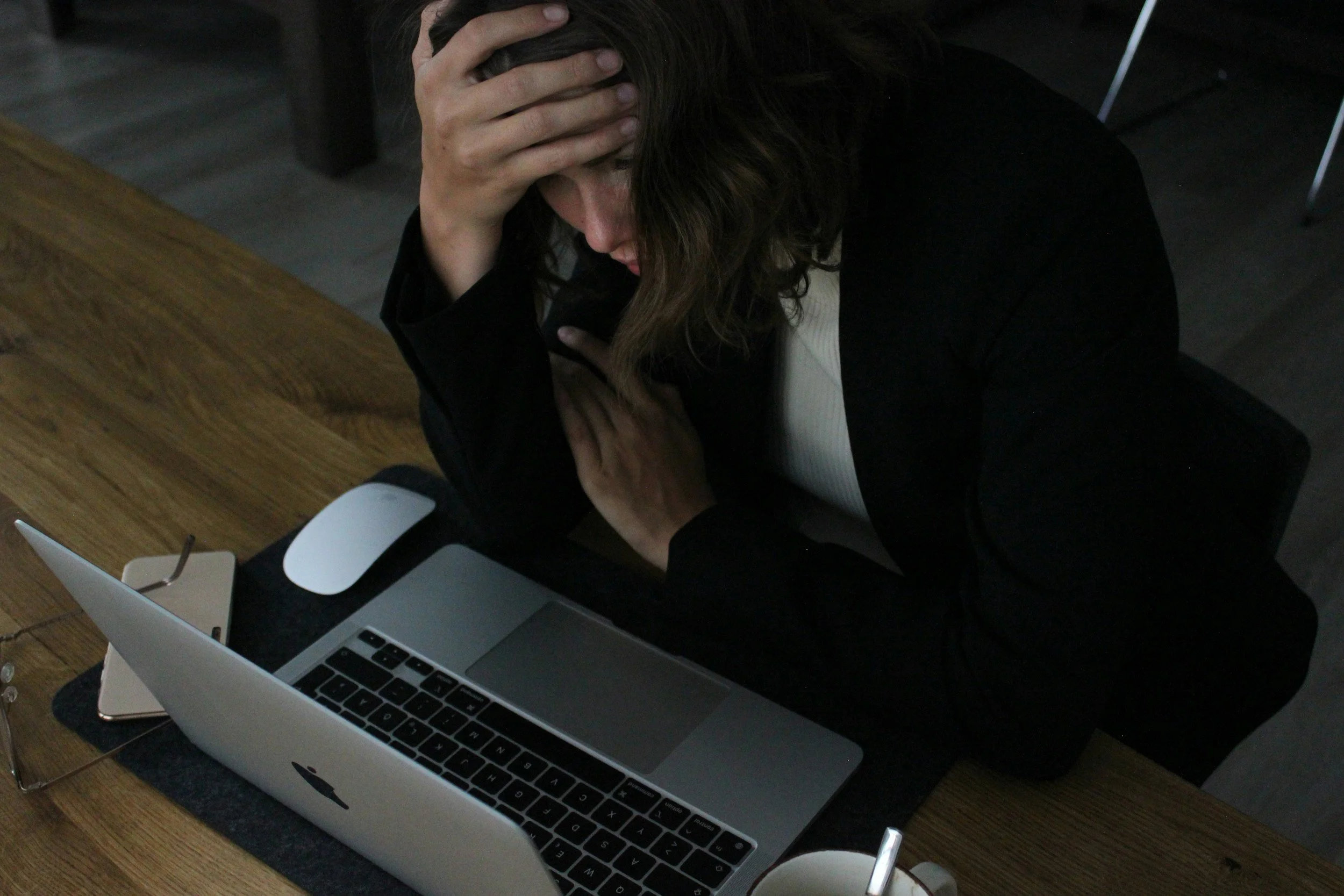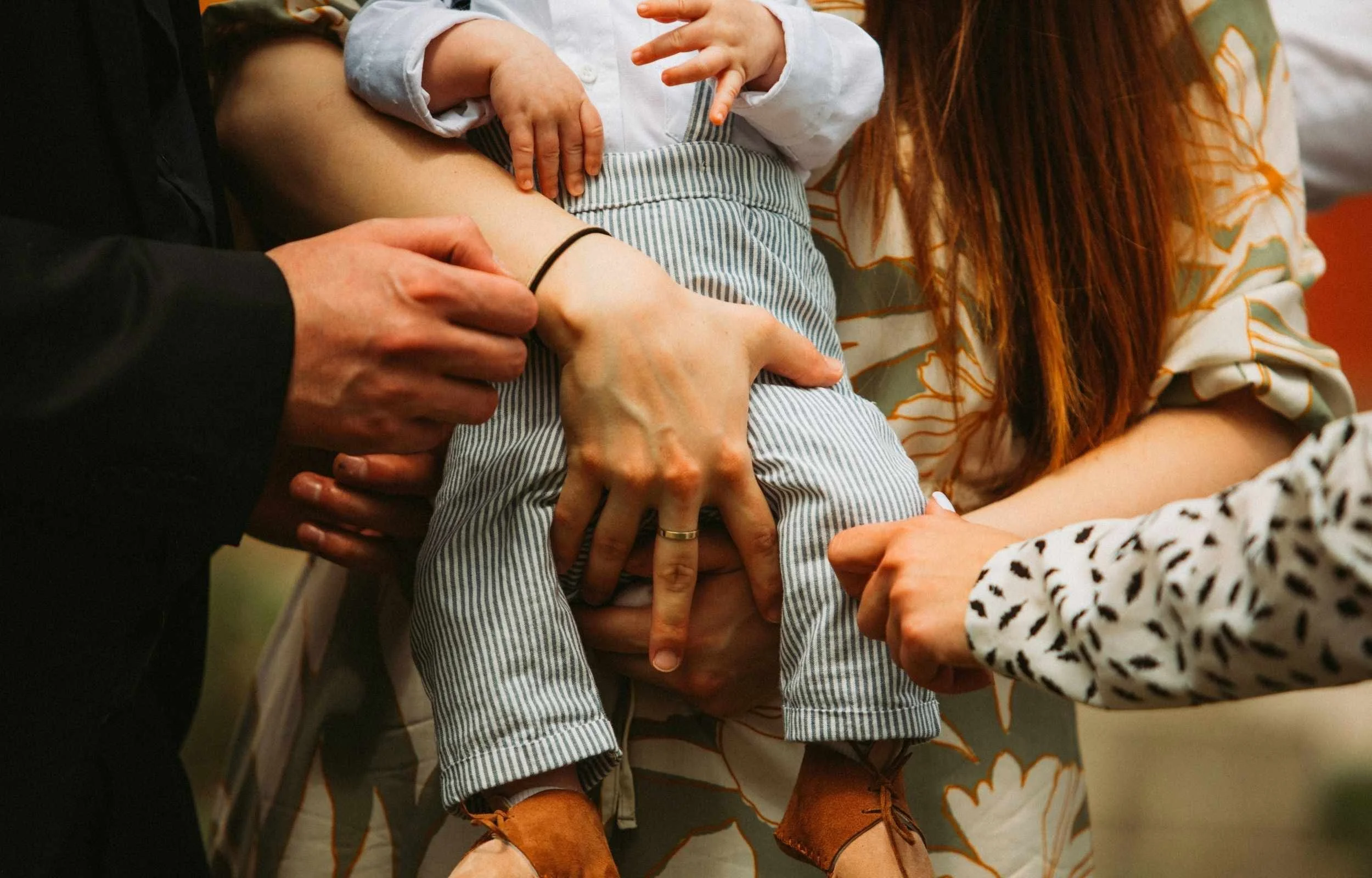High expectations, especially the ones we place on ourselves, can fuel anxiety, burnout, and a constant sense of falling short. While it’s natural to want to do well, unrelenting pressure can take a toll on your mental wellbeing. Here are five practical ways to manage high expectations at work and feel more grounded.
1. Manage the Expectation Gap
The gap between what we expect and what actually happens is often where disappointment lives. At work, this might show up when a task takes longer than you thought or when unexpected obstacles arise.
Instead of pushing yourself harder to meet the original plan, pause and reassess. You could reframe your mindset to: "I’m doing the best I can with what I have today," or "I’ll adjust my timeline based on what’s realistic now." This helps reduce pressure while still allowing you to stay productive.
2. Focus on the Process
Managing high expectations often means shifting your focus from outcomes to the process. When you fixate on a specific end goal, like landing a promotion or hitting a certain milestone, it’s easy to feel discouraged if things don’t go exactly as planned. Instead, try setting process-based goals that emphasise consistent effort and growth.
For example, rather than saying “I must get promoted this year,” you could say, “I’ll keep building my skills and take on meaningful challenges.” This approach makes success feel more within reach, because it’s based on actions you can control. By focusing on your own progress and celebrating small wins along the way, you reduce pressure and build a stronger sense of self-worth. Let the process be the goal and trust that results will follow in their own time.
3. Limit Social Comparison
Comparing yourself to colleagues or people on social media can easily raise the bar for what you think you should achieve, often leaving you feeling like you’re not doing enough. But what you’re seeing is usually a filtered version of reality: successes are highlighted, while struggles are left out. When you constantly measure your worth against someone else’s visible achievements, it can create unnecessary pressure and undermine your own sense of progress.
To manage this, try being mindful of your online habits. Take occasional breaks from social media, especially when you notice it affecting your mood. You can also mute or unfollow accounts that spark feelings of inadequacy. Instead, make space for voices that feel authentic and encouraging. Remind yourself that everyone’s journey looks different and just because it’s not posted doesn’t mean it isn’t valuable.
4. Coping Ahead of Time
Coping ahead means preparing just enough to feel steady, without trying to control everything. It’s about making a simple, realistic plan—one that helps you feel ready without exhausting yourself in the process.
Instead of over-rehearsing before a big meeting, you might say to yourself: “I’ve reviewed the main points and thought through a few possible questions. That’s enough.” This balanced mindset helps reduce anxiety and builds trust in your ability to handle the unexpected. It’s not about being perfectly prepared, it’s about knowing you’ve done what you can, and that’s okay.
5. Practise Radical Acceptance
Sometimes, despite our best efforts, things just don’t go as planned. Radical acceptance means choosing to acknowledge reality as it is, without fighting against it. It doesn’t mean giving up, it means releasing the added stress that comes from trying to change things beyond our control.
For example, if you worked hard on a project but didn’t get the recognition you hoped for, it's okay to feel disappointed. At the same time, you can accept the outcome and focus on what you can do next, rather than getting stuck in frustration. Acceptance allows space to grieve, reset, and move forward (Try it out here: Achieving Acceptance – A 3-minute Guided Therapy).
Managing high expectations at work isn’t about lowering your standards. It’s about creating space for compassion, flexibility, and mental clarity. By shifting your focus and embracing the present moment, you can show up at work more grounded and less overwhelmed. However, if you're struggling to manage your stress or burnout, don’t be afraid to seek help! Speaking with a psychologist can be helpful as they can help you explore these tools more deeply and tailor them to your situation. Remember, you are not alone!












